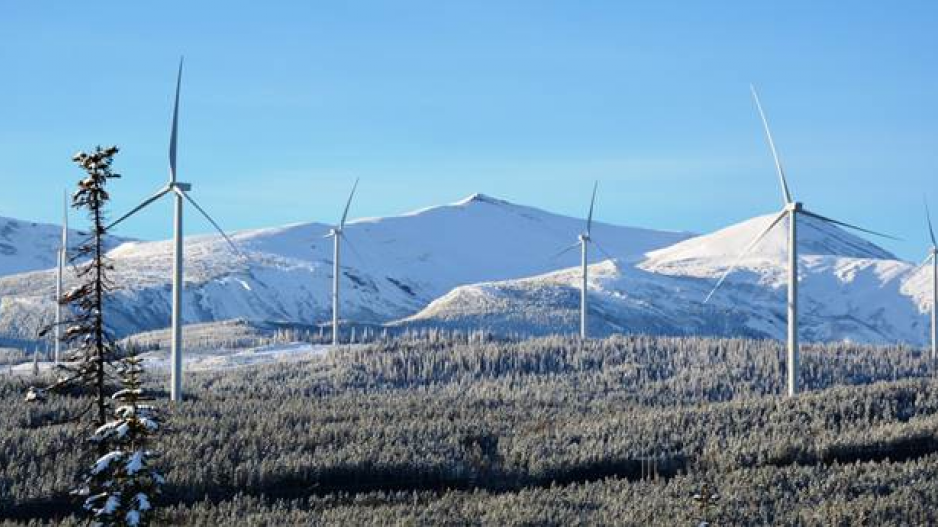Cancelling the $8.8 billion Site C dam project – which is in danger of going over budget – and meeting future demand for power with a mix of new wind farms, batteries, and energy conservation measures would cost between $5.1 billion and $6.7 billion, according to a new report by the BC Utilities Commission (BCUC).
In other words, it would be cheaper to eat the sunk costs of cancelling Site C and meeting future power needs through wind, storage and demand side management, according to the BCUC’s math.
But it would require pulp mills and other large industrial energy users to occasionally shut down when there are power shortage – a measure called industrial curtailment.
Part of the BCUC’s mandate was to explore energy alternatives to Site C. In a report released October 12, the BCUC has calculated that the alternatives would cost between $1.8 billion and $3.4 billion, depending on what load forecast is used. Those costs would be on top of the sunk costs of cancelling Site C and remediation – about $3.3 billion.
BC Hydro uses three load forecasts to try to guess how much additional power it will need to meet peak power demands – low, medium and high.
The three energy alternatives proposed by the BCUC all include a mix of new wind power and demand side management. Two include battery storage.
If the lowest load forecast is assumed, the province would need to invest in new wind farms totaling 444 megawatts (MW) of power, and implement demand side management measures. But those new wind projects would not be needed until 2039.
Using the highest load forecast, the BCUC says 588 MW of new wind power would be needed, plus 150 MW of battery storage, starting in 2025.
Using the medium forecast, the portfolio assumes 591 MW of wind and 400 MW of batteries, starting in 2025.
To put that in context, the largest wind farm in B.C. is the new Meikle wind farm near Tumbler Ridge, which has a capacity of 185 MW and had a capital cost of $400 million. In other words, B.C. would need roughly three additional wind farms the size of Meikle.
Robert McCullough, a consultant hired by the Peace Valley Landowner Association, which is opposed to the dam, praised the BCUC report and generally agrees with its calculations, although he thinks it was unnecessary to include battery storage, since B.C.’s existing hydro-electric dams can be used like batteries to backstop wind when it is not producing power.
Marvin Shaffer, adjunct professor at Simon Fraser University’s public policy program, thinks BC Hydro will be questioning the BCUC’s calculations, particularly the use of present value discounting.
Although he agrees Site C was begun too early, and will produce more power than B.C. will need when completed, he believes it now
makes less economic sense to cancel it than to complete it.
“The reason I say that is because of the value of the capacity and the energy it will produce, even when surplus,” he said.
“I think there’d be significant costs to British Columbians to shut down the project in foregone values relative to the incremental cost of completion.”




